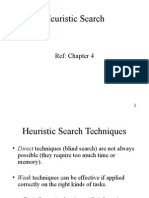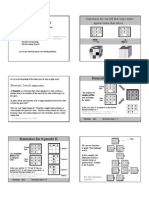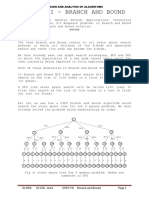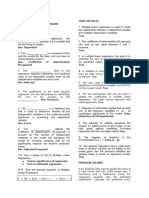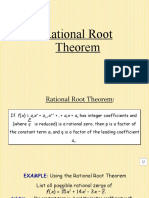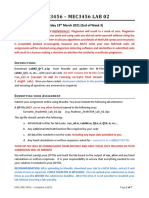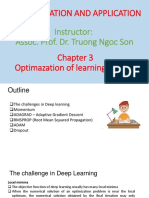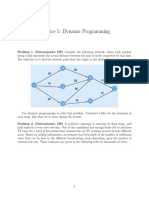0% found this document useful (0 votes)
12 views37 pagesLecture 4
The document discusses the A* search algorithm, emphasizing its optimality with admissible and consistent heuristics, and the importance of heuristic design. It also covers local search algorithms, including hill climbing and simulated annealing, which are used for optimization problems, and introduces genetic algorithms as a method for solving configuration problems. Additionally, it highlights the challenges of local maxima and the strategies to escape them, such as random restarts and sideway moves.
Uploaded by
chemistryCopyright
© © All Rights Reserved
We take content rights seriously. If you suspect this is your content, claim it here.
Available Formats
Download as PDF, TXT or read online on Scribd
0% found this document useful (0 votes)
12 views37 pagesLecture 4
The document discusses the A* search algorithm, emphasizing its optimality with admissible and consistent heuristics, and the importance of heuristic design. It also covers local search algorithms, including hill climbing and simulated annealing, which are used for optimization problems, and introduces genetic algorithms as a method for solving configuration problems. Additionally, it highlights the challenges of local maxima and the strategies to escape them, such as random restarts and sideway moves.
Uploaded by
chemistryCopyright
© © All Rights Reserved
We take content rights seriously. If you suspect this is your content, claim it here.
Available Formats
Download as PDF, TXT or read online on Scribd
/ 37





















